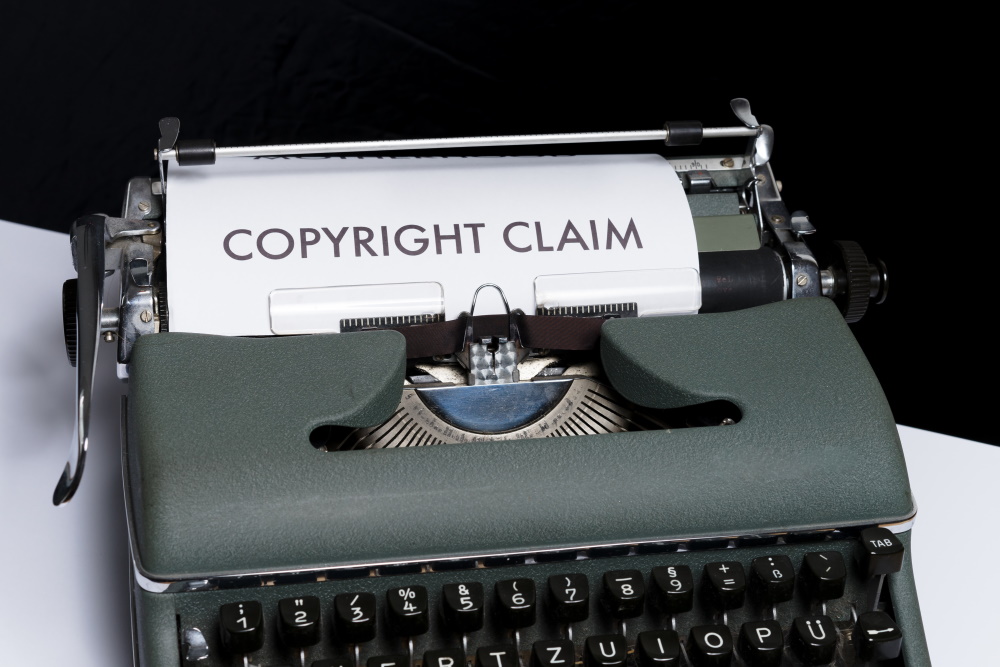How to use photos, movies or music from the Internet in your PR activities?
Warsaw, Poland

We think with an image. We are influenced by colors, shapes, and sounds. Advertisers noticed this. Therefore, more and more companies use photos, videos, or music to promote their business on social media. Often these are songs made by someone else. In order not to infringe on someone’s copyrights, it is important to know a few rules.
Blog (or other content) with an attractive photo, graphics, or video attract users more effectively than those that use only text. Data and statistics on the use of video in marketing leave no doubt about it. We are more willing to analyze information visually, therefore properly selected photos are likely to remain in our memory much longer than the content written by advertisers.
What is a creative work under copyright law? Copyright law quite comprehensively defines the limits of using work on the Internet. According to it, the publication of a photo, graphic or other work by the author on the web does not mean that you can use them without restrictions, and thus download or share them, if you are not their creator. Before we publish something, share it or, as it turns out, use a screen (which will be discussed in the next post), let’s pay attention to the licenses that apply to the found songs.
What types of licenses are there?
The content you can use depends on the types of licenses assigned to your works, but also on the purpose for which you want to use them. Therefore, we present the most popular types of licenses. Thanks to them, you will organize your knowledge and be able to quickly verify whether the download, sharing, or use of a given work is legal.
Public Domain Works
In a nutshell – works belonging to the public domain are a collection of works that can be used without restrictions related to the exercise of copyrights on them. This work has either never been the subject of property rights or has expired. The works most often found in image banks, such as Pexels or Pixabay, belong to the public domain and are labeled with the CC0 (Creative Commons Zero) license.
As the name suggests, they are not copyrighted, which allows you to use them quite freely. However, this does not mean that we are exempt from checking the type of license that has been assigned to them. The license allows them to be downloaded, modified, and used for both private and commercial purposes. However, keep in mind that CC0 is a tool that allows you to waive copyright, but only in those countries where it is lawful to do so.
Copyrighted
It is a symbol informing about the rights of the creator. This means that the author has the right to obtain financial benefits from the creation of the work. The use of materials with this designation is limited, therefore its release requires the express consent of its author.
What is the Creative Commons?
In 2001, Lawrence Lessig founded a non-profit organization that revolutionized the marketing of songs on the Internet. Creative Commons are licenses collected under one system. Each of them has been assigned a graphic symbol informing about the conditions of using the work (explanation of the markings below). Such a solution is to simultaneously satisfy copyright and ensure the widest possible and legal access to culture.
CC, replace the classic model “All rights reserved”, and use the term “Some rights reserved”. It is the author who decides how and on what terms he shares his work. The individual CC licenses differ mainly in the scope of using the work for commercial purposes. All Creative Commons licenses and tools are free.
What types of Creative Commons licenses are there?
Attribution. You may copy, distribute, present, and perform copyrighted work and derivative works based on it, provided that the name of the original author is mentioned..
Non-Commercial Use. You may copy, distribute, present and perform copyrighted work and derivative works based on it only for non-commercial purposes.
Under the same conditions. You may distribute derivative works only under a license identical to that under which the original work was made available.
No-Derivative works. You are allowed to copy, distribute, present, and perform the work only in its original form – creating derivative works is not allowed.
How to mark Creative Commons licenses?
If we use works under a CC license, we are required to provide information about the author of the work, indicate the type of license, and provide its source.
Remember, provide:
- Name and surname of the author of the work
- The title of the piece
- The source of the work
- Type of CC license
Article was written by Magda Chalupka-Rojecka, a senior PR executive in Neuron PR Agency, Warsaw, Poland.